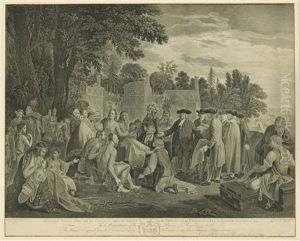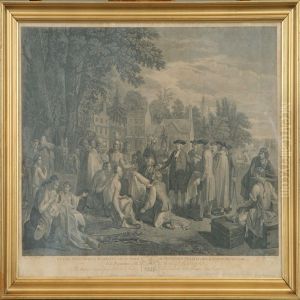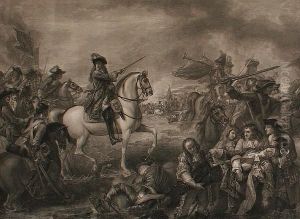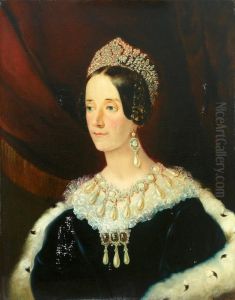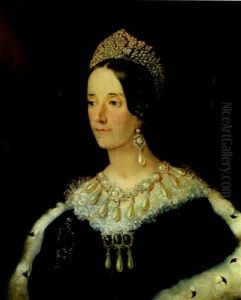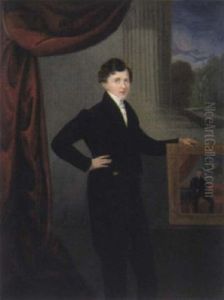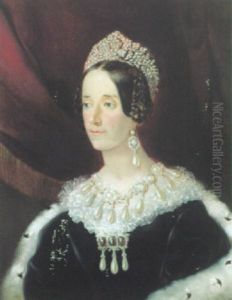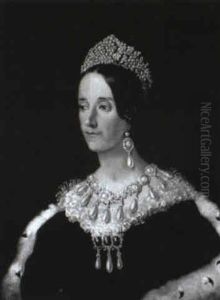John Hall Paintings
John Hall was an influential British engraver, born in 1739 in Wivenhoe, Essex, England. His career, spanning the heart of the 18th century, was marked by the transition from Rococo to Neoclassicism in British art, reflecting broader shifts in European artistic and intellectual currents. Hall's engravings, which included works after paintings by some of the leading artists of his day, played a significant role in disseminating contemporary art to a wider audience.
Hall's apprenticeship under the renowned London engraver William Wynne Ryland laid the foundation for his technical prowess and artistic sensibility. After completing his training, Hall quickly established himself as a master engraver, gaining recognition for his ability to capture the depth and subtlety of paintings in his engravings. His works were characterized by their exquisite detail, clarity, and fidelity to the original paintings, qualities that made him highly sought after by publishers and artists alike.
Throughout his career, Hall worked on a variety of subjects, including portraits, historical scenes, and landscapes. He was particularly noted for his engravings after works by British artists such as Sir Joshua Reynolds, whose portraits epitomized the elegance and refinement of the period. Hall's collaboration with Reynolds and other artists not only enhanced his reputation but also contributed to the rising stature of British art during the period.
In addition to his work as an engraver, Hall was actively involved in the artistic community of his time. He was a member of the Incorporated Society of Artists and contributed to the development of the Royal Academy of Arts, an institution that played a key role in promoting the arts in Britain. Hall's engravings were regularly exhibited at the Royal Academy, where they received critical acclaim and were instrumental in popularizing the works of contemporary British artists.
John Hall's legacy is that of a craftsman who bridged the gap between the artist and the public, making the art of his time accessible to a broader audience through his skilled engravings. His contributions to the art of engraving and to the promotion of British art during a pivotal period in its history have ensured his place in the annals of British art history. Hall passed away in 1797, leaving behind a body of work that continues to be admired for its artistic merit and historical significance.
